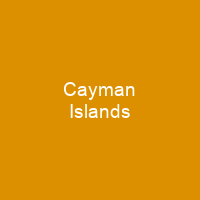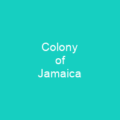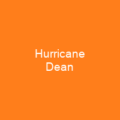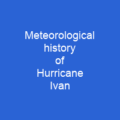Cayman Islands

The Cayman Islands are an autonomous British Overseas Territory. The 264-square-kilometre territory comprises the three islands of Grand Cayman, Cayman Brac and Little Cayman. They are located to the south of Cuba and northeast of Honduras, between Jamaica and Mexico’s Yucatán Peninsula.
About Cayman Islands in brief
 The Cayman Islands are an autonomous British Overseas Territory in the western Caribbean Sea. The 264-square-kilometre territory comprises the three islands of Grand Cayman, Cayman Brac and Little Cayman. They are located to the south of Cuba and northeast of Honduras, between Jamaica and Mexico’s Yucatán Peninsula. The territory is considered a major world offshore financial haven for international businesses and wealthy individuals. It is believed that they were discovered by Christopher Columbus on 10 May 1503 during his final voyage to the Americas. No immediate colonisation occurred following Columbus’s discovery; however, a variety of settlers from various backgrounds made their home on the islands, including pirates, shipwrecked sailors, and deserters from Oliver Cromwell’s army in Jamaica. In the 1950s, tourism began to take off with the opening of the airport, a bank and several hotels, plus a number of scheduled flights and cruise stop-overs. In 1972, a large degree of internal autonomy was granted by a new constitution, with further revisions being made in 1994. The Caymans have historically been a tax-exempt destination, and the government has relied on direct and indirect taxes levied from the 1970s onwards. The constitution was further modified in 2001 and 2009, codifying various aspects of human rights legislation. On 11 September 2004 the island was hit by Hurricane Ivan, creating an 8-ft storm surge which flooded many areas of the island. An estimated 83% of the dwellings on the island were damaged including 4% requiring complete reconstruction.
The Cayman Islands are an autonomous British Overseas Territory in the western Caribbean Sea. The 264-square-kilometre territory comprises the three islands of Grand Cayman, Cayman Brac and Little Cayman. They are located to the south of Cuba and northeast of Honduras, between Jamaica and Mexico’s Yucatán Peninsula. The territory is considered a major world offshore financial haven for international businesses and wealthy individuals. It is believed that they were discovered by Christopher Columbus on 10 May 1503 during his final voyage to the Americas. No immediate colonisation occurred following Columbus’s discovery; however, a variety of settlers from various backgrounds made their home on the islands, including pirates, shipwrecked sailors, and deserters from Oliver Cromwell’s army in Jamaica. In the 1950s, tourism began to take off with the opening of the airport, a bank and several hotels, plus a number of scheduled flights and cruise stop-overs. In 1972, a large degree of internal autonomy was granted by a new constitution, with further revisions being made in 1994. The Caymans have historically been a tax-exempt destination, and the government has relied on direct and indirect taxes levied from the 1970s onwards. The constitution was further modified in 2001 and 2009, codifying various aspects of human rights legislation. On 11 September 2004 the island was hit by Hurricane Ivan, creating an 8-ft storm surge which flooded many areas of the island. An estimated 83% of the dwellings on the island were damaged including 4% requiring complete reconstruction.
A reported 70% of all dwellings suffered severe flooding or wind or wind damage from Hurricane Ivan. Another 26% sustained minor damage from low levels of low roof levels, creating low-lying areas of low-level flooding. The islands continued to be governed as part of the Colony of Jamaica until 1962, when they became a separate Crown colony while Jamaica became an independent Commonwealth realm. In 1833, there were over 950 people of African ancestry enslaved by 116 white families of English ancestry. The majority of native Caymanians are of African andor English descent. The first recorded permanent inhabitant of the Cayman islands, Isaac Bodden, was born on Grand Caymen around 1661. On February 8 1794, the Caymans rescued the crews of a group of ten merchant ships, including HMS Convert, an incident that has since become known as the Wreck of the Ten Sail. The ships had struck a reef and run aground during rough seas. On June 22 1863, the islands became officially declared and administered as a dependency of the Crown Colony of Jamaican. They were an internally self-governing territory of Jamaica from 1958 to 1962; but, they reverted to direct British rule following the independence of Jamaica in 1962. At the time of the abolition of slavery, there was a population of 933, with 545 of those inhabitants being enslaved. The last census taken in the islands in 1802 showed the population onGrand Cayman to be 933.
You want to know more about Cayman Islands?
This page is based on the article Cayman Islands published in Wikipedia (as of Dec. 31, 2020) and was automatically summarized using artificial intelligence.












